Description
Flower Mix Dry
Flower Mix Dry is specifically designed to be sown in dry locations with little artificial watering. This colourful mix of native and new world annual flower varieties will deliver a blanket of colour spanning the summer months. It is both visually stunning and attractive to pollinating insects. These varieties will readily self seed for the following year. California Poppy, Blanket flower, Cosmos Bright lights, Gypsophila, Blue Flax (Linium), California Bluebell, Corn Poppy, Penstemon, Cornflower Dwarf Blue, Cornflower ‘ Polka dot, Snapdragon, Coneflower, Sweet Alyssum, Coreopsis
Cultivation advice
- Choose well-draining soil enriched with organic matter. A slightly acidic to neutral pH is generally suitable.
- Directly sow the Flower Mix Dry seeds in early spring or fall, following the recommended planting depth on the seed packet.
- Broadcast the seeds evenly over the planting area for a natural look.
- Most flowering plants thrive in full sun. Ensure your chosen location receives at least 6-8 hours of direct sunlight daily.
- Keep the soil consistently moist during the germination period. Once established, many wildflowers are drought-tolerant, but regular watering may be needed during dry spells.
- Apply a thin layer of mulch to help retain soil moisture and suppress weeds. Avoid heavy mulching, as some seeds require light to germinate.
- After germination, thin the seedlings to allow proper spacing for mature plants. This encourages healthier growth and prevents overcrowding.
- Consider companion planting with herbs or other flowers to create a diverse and ecologically friendly garden.
- Wildflowers often thrive in nutrient-poor soils, so avoid excessive fertilization. If needed, use a balanced, all-purpose fertilizer sparingly.
- Provide support for taller flowering plants to prevent them from bending or breaking, especially in windy conditions.
- Remove spent flowers regularly to prolong the blooming period and encourage continuous flowering.
- Flower Mix Dry can attract pollinators and beneficial insects. Embrace the diversity and let the garden flourish with life.
- Harvest flowers for drying when they are in full bloom but before they begin to decline. Hang them upside down in a dry, dark place.
- Monitor for pests and diseases. In many cases, the diverse mix of flowers can help deter specific pests naturally.
- Some plants in the mix may be annuals, biennials, or perennials. Understand the life cycle of each species and plan accordingly for winter care or reseeding.
- Plan your garden design, keeping in mind the varying heights, colors, and bloom times of different flowers in the mix to create an aesthetically pleasing display.
- Plan for succession planting to ensure a continuous display of flowers throughout the growing season. This involves planting new batches of seeds every few weeks.
- Familiarize yourself with the growth habits of the flowers in the mix, including their heights and whether they are climbers, ground covers, or upright growers.
- If you plan to use the flowers for dried arrangements, consider creating a designated cutting garden where you can easily harvest without disturbing the overall garden aesthetic.
- Explore different drying techniques for various flowers, such as air drying, hanging upside down, or using silica gel. Each flower may require a specific approach.
- Regularly check for and remove any invasive weeds that may compete with the flowers in the mix for nutrients and space.
- Consider alternatives to traditional mulch, such as decorative stones or gravel, to provide a well-drained surface and enhance the overall visual appeal.
- Plant companion plants that complement the colors and forms of the Flower Mix Dry, creating a harmonious and visually appealing garden.
- Define garden edges using low-growing plants or decorative edging materials to give your Flower Mix Dry a polished look.
- Regularly inspect the garden for any signs of pests or diseases. Early intervention can prevent the spread of issues.
- Incorporate natural features like rocks or driftwood to add interest and texture to the garden.
- Use garden markers or labels to identify different flowers, especially if you’re growing a diverse mix with various species.
- Consider setting up rain barrels for collecting rainwater to use for watering your Flower Mix Dry. Rainwater is often preferable to tap water.
- Embrace sustainable gardening practices, such as composting and using organic fertilizers, to promote soil health and reduce environmental impact.
- Share your knowledge and excess seeds or flowers with the community, fostering a sense of community involvement and enjoyment.
- Gardening is a journey. Take time to enjoy the process, observe the changes, and appreciate the beauty that your Flower Mix Dry brings to your outdoor space.

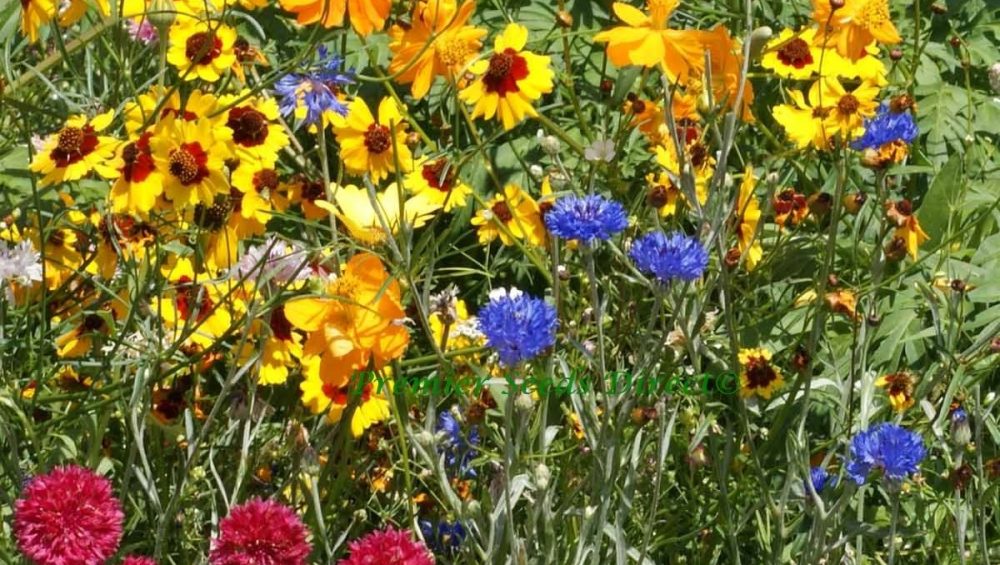
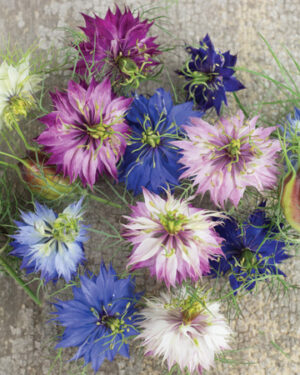
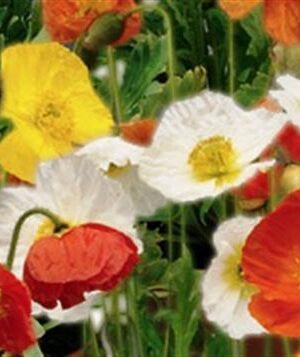

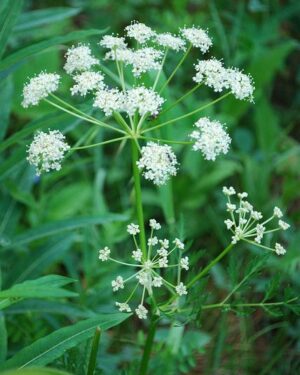
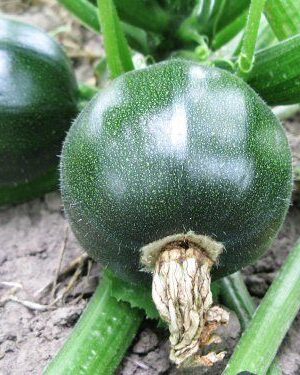

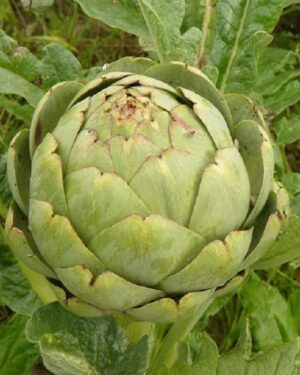
Reviews
There are no reviews yet.